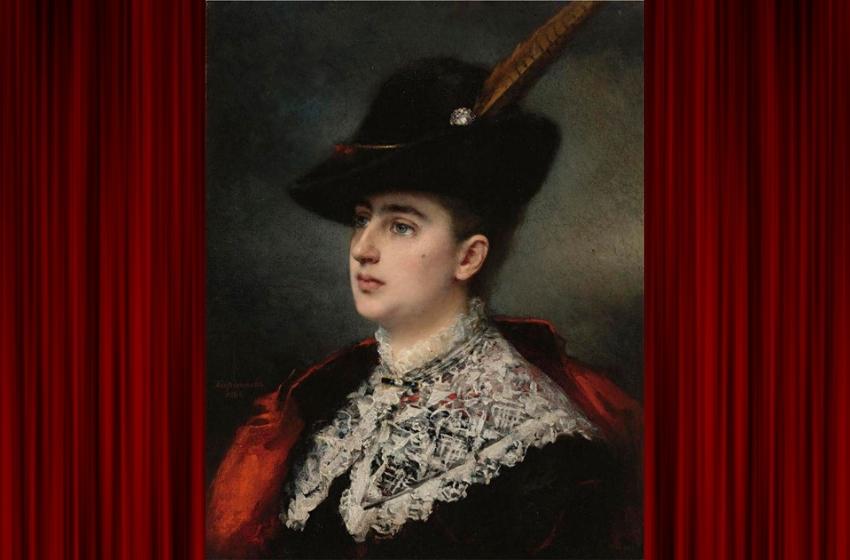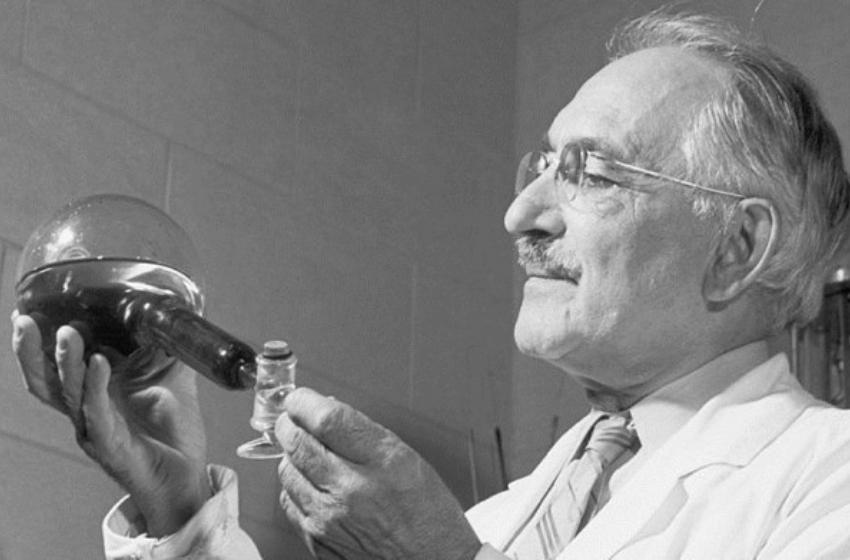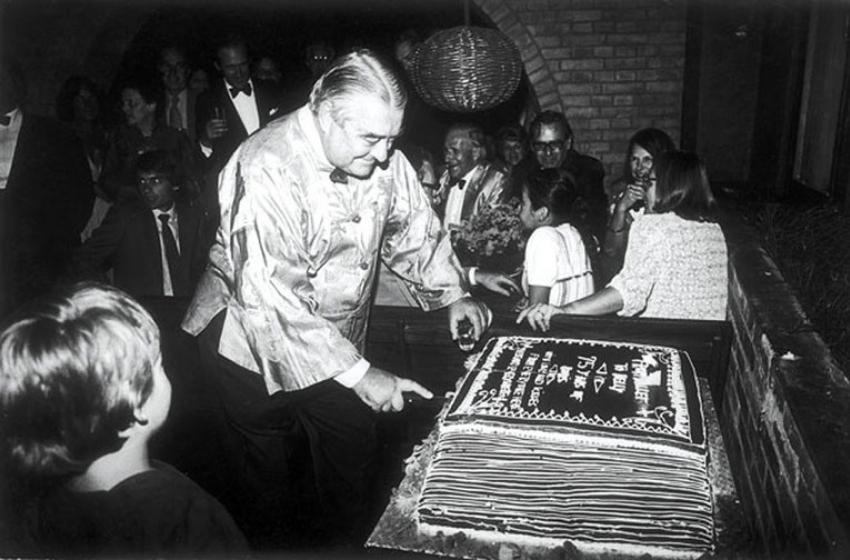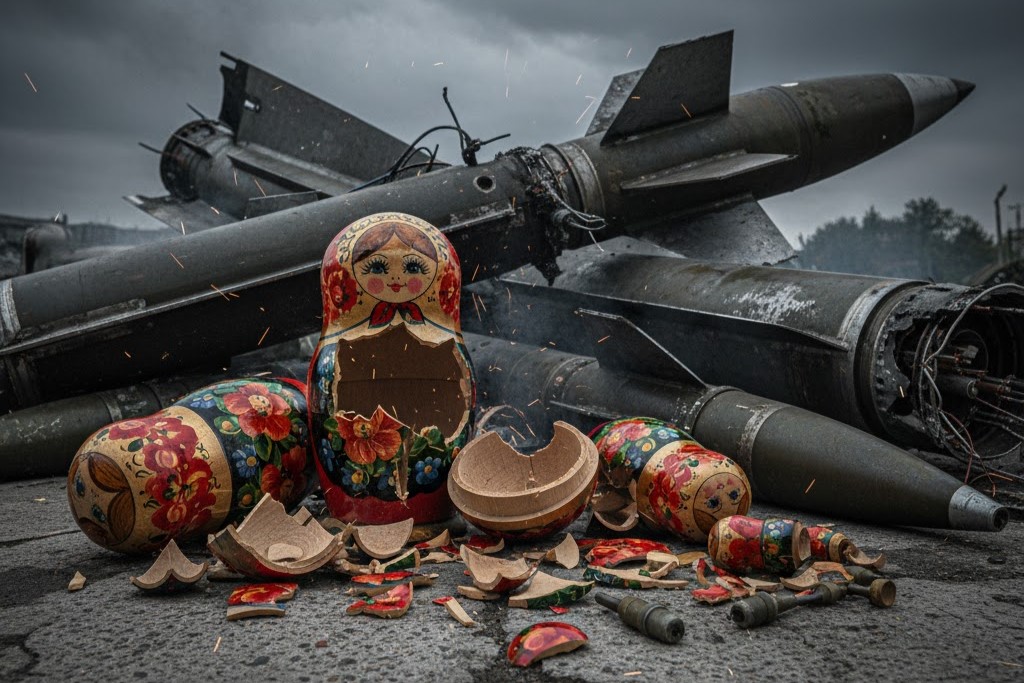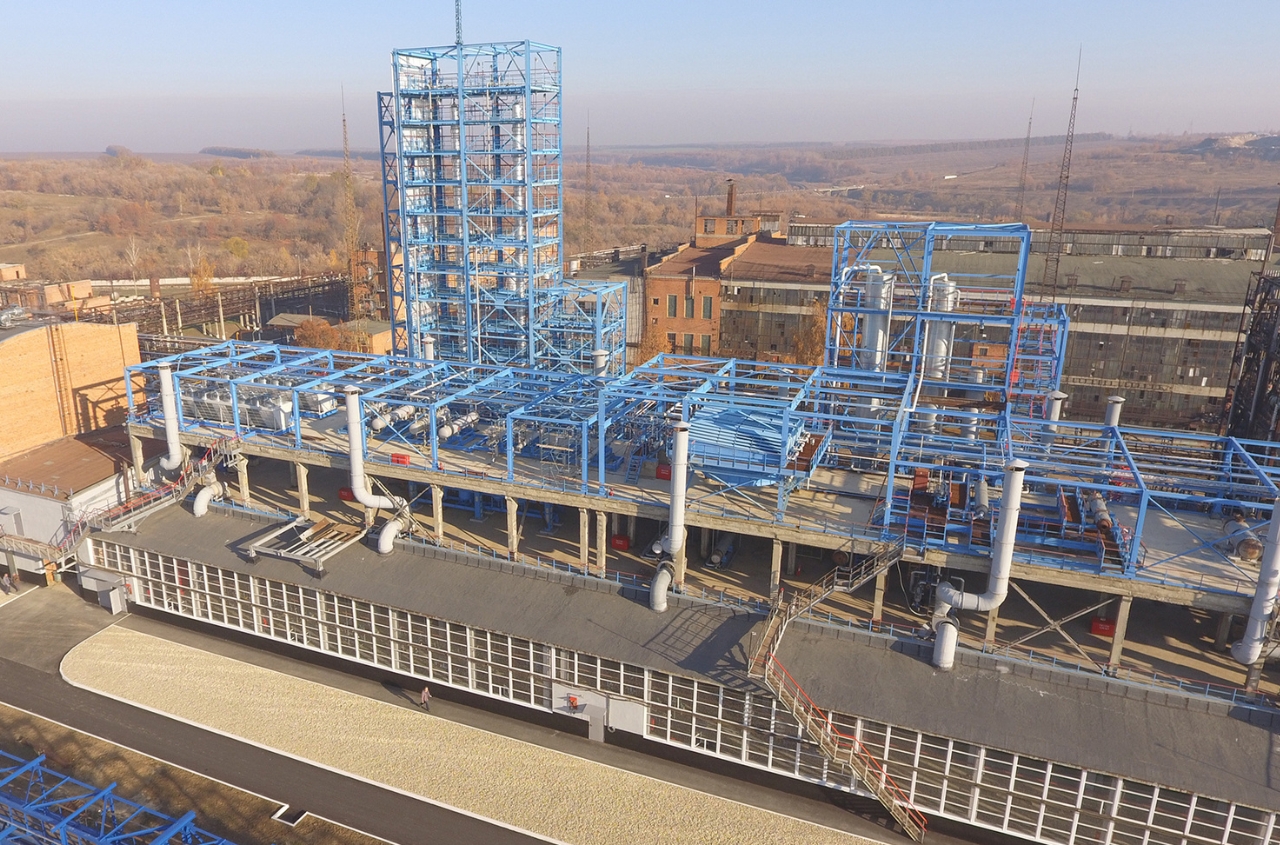Elena Petrovna Demidova, Princess of San Donato, nee Princess Trubetskoy, belonged to "the highest noble aristocratic circles of Russia." The daughter of the St. Petersburg district leader of the nobility, the actual state councilor, Prince Peter Nikitich Trubetskoy (1826–1880) and Princess Elizabeth Belosselsky-Belozersky. was born on September 25, 1853 in St. Petersburg. Her godfather was the Grand Duke Konstantin Nikolaevich.
She was brought up and educated in Paris, where her parents held a prominent position at the court of Emperor Napoleon III. Mother, the maid of honour of Empress Maria Alexandrovna, kept a popular salon there. In the words of her guest: "Well-gifted, educated, with a great mind … everyone who spoke to her could not boast of her." 17-year-old girl Elena was wooed by the Kyiv governor-general, Prince A.M. Dondukov-Korsakov for the famous Russian rich man and philanthropist Pavel Pavlovich Demidoff.
The wedding took place in the summer of 1871. After marriage, they lived in Kyiv, where Pavel Pavlovich served as mayor from January 1871. Pious spouses often visit churches.


On June 2, 1872, Emperor Alexander II allowed Demidoff to use the inherited title of Prince of San Donato. Reasonable charitable and social activities of the Demidovs of San Donato were well known in the city and in Italy, where the couple often lived for a long time. The grateful inhabitants of Florence chose them as their honorary citizens and presented them with a gold medal with their image.

Prince of San Donato - The title of the Demidoffs was named after this villa.
Their donations for the construction of the Church of the Nativity of Christ and Nicholas the Wonderworker in Florence, solemnly opened and consecrated in October 1903, were marked by the installation of memorial plaques on the wall of the church with the text in Russian and Italian:

Back in 1879, Pavel Pavlovich Demidoff presented the future church with all the decoration of his home church, and Elena Petrovna, after the death of her husband, donated a large sum for the construction, which amounted to a fifth of all expenses for its construction.
A small image of St. Helena was installed above the entrance to the church, the heavenly patroness of Princess E.P. Demidova.
In January 1875, the Kyiv City Duma, celebrating the merits of Pavel Pavlovich to the city, awarded him the title of Honorary Citizen of Kyiv.
Living in Kyiv, Elena Petrovna also stood out for her "wide philanthropic activity." Representatives of the highest military and secular society and outstanding people from academic and spiritual spheres considered it an honor to be in her Kyiv salon.
After the death of her husband on January 17, 1885, in her villa in Florence, Elena Petrovna transported her husband's ashes and buried him at his request "… in his native land, next to his ancestors" - in the family tomb in the Urals in Nizhny Tagil in the Vyisko-Nikolaevskaya church, next to the ashes his grandfather Nikolai Nikitich and his young son Nikita from marriage with Elena Petrovna. After her husband's funeral, Elena Petrovna stayed with her children to live in Kyiv.
But, as often happens, around a young, lonely, and very rich woman-widow, bad rumors spread that reached the capital. Chief Prosecutor K.P. Pobedonostsev sent an inspector who was able to draw the correct conclusion: rumors about Elena Petrovna's immorality are being spread by the wealth hunters of a young woman (she was only 32 at the time), who does not accept their harassment. But it became unbearable to live in such an environment, and Elena Petrovna moved to Odessa with her children.

According to the address-calendar, in 1890 Elena Petrovna lived with her children in Fishman's house in Pokrovsky Lane. In June 1893, she bought a yard place from the wife of a Prussian citizen Rosa Izrailevna Hildesheimer, one side facing Dvoryanskaya Street, and the other - Sadovaya with all the buildings.
A second floor was built over the existing building of services in the courtyard, and another two-story house with a basement was erected. The facades were rebuilt, umbrellas were arranged on the columns at each entrance. The interiors of the main premises were re-finished: artificial marble and tiled tiles appeared in them. Walls and plafonds were painted under inlay of various types of wood, new lamps were installed. On the side of Sadovaya, new wrought-iron gates were installed, which have survived to this day. All these works were performed with high quality, at a high artistic level by the architect I.F. Yatsenko.
By the beginning of the twentieth century, only her son Pavel and daughter Elena remained with Elena Petrovna. Daughter Aurora in 1892 married Arsen Karageorgievich, and in 1897 - again. Daughter Maria - married Abamelik-Lazarev. Son Anatoly has been married since February 1894.
Elena Petrovna also owned a large plot of land (3 dessiatines, 1327 sq. S.) With houses and other buildings, a plumbing system, an orchard, vineyards and other plantings on French Boulevard, No. 31, facing the sea, bought in March 1893 from the widow of a hereditary honorary citizen of Rosalia Brodskaya and previously owned by Abram Markovich Brodsky. (Now - the territory of the Odessa Film Studio.)
Elena Petrovna, having lived in Odessa for more than a quarter of a century, was a "notable figure" among the city's intelligentsia. But, unlike many, she did not devote her energy and time to social receptions and entertainment, but “good dealsâ€. She led a closed life, limited by an extremely close circle of people close to her. Nevertheless, Princess Elena Petrovna was well known in the city, her name was constantly on the lips of literally all segments of the population. The reason for such exceptional popularity was rooted in her extraordinary kindness, responsiveness and immense generosity. Like a true recluse who renounced the world, Elena strictly observed church rules, loved churches and the Orthodox liturgical order. She was a benefactor of the Holy Archangel Michael's convent.
With the 2 thousand rubles donated by her, a 100-pound bell was purchased and erected on the bell tower of the Resurrection Church built in 1891 on the Middle Fontane.

In memory of the wedding of the eldest daughter Aurora and Prince Arsen of Yugoslavia, Elena Petrovna in May 1892 donated a thousand rubles to equip the throne and altar in the main church of the monastery. She regularly sent money to the abbess of the monastery on the occasion of the solemn holidays of Easter and the Nativity of Christ. So, at her expense in 1893, a bathhouse for sisters was arranged, which did not exist before. In her field of vision was the diocesan school for women, located on the territory of the monastery.
Here are examples of only one year: she supported three pupils; I sent 200 rubles to set up a Christmas tree, for gifts and delicacies; 9 orphans who graduated from the school received 200 rubles each. She donated to both the St. Ilyinsky Monastery and the Evangelical Reformed Church.
In 1903, she brought sacred vessels and a copy of the miraculous icon of the Mother of God in an icon case as a gift to the corps church. The pride of the building, the center of all festive events and festive entertainment was the large upper hall, called "portrait". Its attraction was a collection of portraits of the reigning persons of the House of Romanov. Many of them were very rare and belonged to the pen of famous artists. All portraits were enclosed in expensive gilded frames and constituted an outstanding decoration of the case in terms of artistic value. Elena Petrovna also presented them.
Elena Petrovna was a member of many charitable societies of the city, including the most famous one with a rich history of the Women's Charitable Society, which, according to one of her contemporaries, was "a hotbed of charitable institutions in Odessa." She is an honorary member of the Odessa Society for Aid to Jews who have adopted the Orthodox Christian faith, an honorary member of the charitable society of ladies of the clerical title of the Kherson diocese at the Odessa Cathedral, an honorary member of the society for the promotion of physical education of children, an honorary member of the society of correctional shelters.
She helped the students of the 5th gymnasium and the 2nd female gymnasium, the blind, the poor and the elderly were looked after on her contributions. She was the initiator of the organization of free meals for the poor in Limany, the establishment of a medical and sanitary point there, in which patients received free advice from doctors and medicines. As a member of the Odessa branch of the Imperial Water Rescue Society, along with the city nobility, she took part with her family in a maritime festival, first organized in Odessa in the summer of 1902.

It is impossible not to note Elena Petrovna's love for art, a rare devotion for a woman of high society to serious scientific reading. Literally, not a single exciting work in Russian, French, German and Italian escaped her inquisitive mind. We find Elena Petrovna among the "outstanding donors" of the Odessa City Emperor Nicholas II of the public library. Thanks to her, only in 1916, the library acquire 43 books of excellent publications on general and Russian history.
On July 29, 1917, the "Odessa leaflet" posted a message: "On July 28 at 11 pm, Elena Petrovna Demidova, Princess of San Donato, nee Princess Trubetskaya, quietly reposed." Her youngest daughter Elena Pavlovna informed relatives and friends of the death of the "adored mother".
It seems that none of those who are familiar with the life and work of Elena Petrovna Demidova, Princess of San Donato, have no doubts about the idea that she belongs to the number of outstanding Odessa women.









